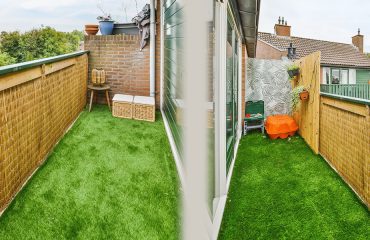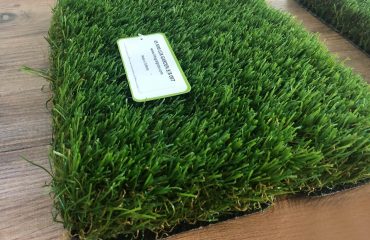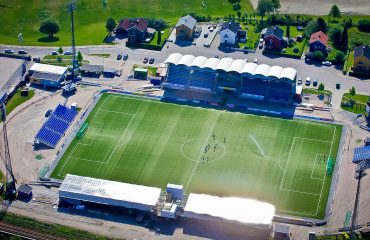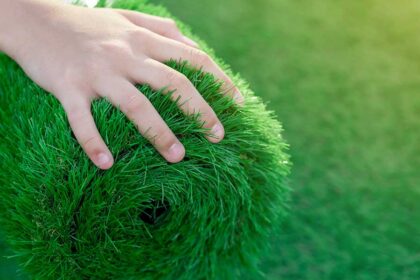
Artificial grass, also known as synthetic turf, has become increasingly popular in recent years due to its low maintenance and cost-effective nature. For example, in North America, The US and Canada are two of the largest consumers of artificial grass, particularly in sports fields, landscaping, and residential lawns. Europe is the second-largest market for artificial grass, with countries like the UK, Germany, France, and the Netherlands being major consumers. The demand for artificial grass rug in Europe is driven by increasing awareness of water conservation, low maintenance, and the availability of advanced turf products.
For Which Reasons is Artificial Grass Used?
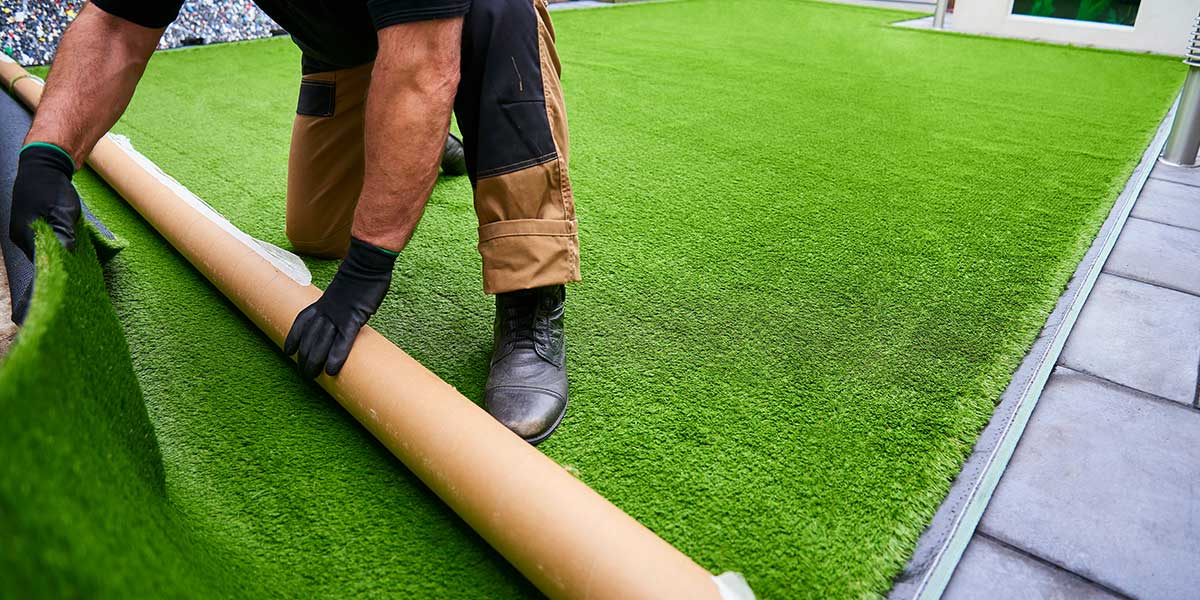
Artificial grass installation can be offered for a variety of purposes, including:
- Landscaping: Artificial grass can be used to create low-maintenance landscaping for residential or commercial properties. It can be used for lawns, gardens, and other outdoor areas.
- Sports fields: Artificial grass is commonly used for sports fields such as football, soccer, and baseball fields. It provides a consistent playing surface and is durable enough to withstand heavy use.
- Playground surfaces: Artificial grass is a popular choice for playground surfaces because it is soft and provides a safe landing surface for children.
- Rooftop gardens: Artificial grass can be used to create rooftop gardens and green spaces in urban areas where natural grass may not be feasible.
- Pet areas: Artificial grass is a great option for pet areas because it is easy to clean and maintain. It can also prevent dogs from digging up natural grass.
- Putting greens: Artificial grass can be used to create a putting green for golf enthusiasts. It provides a consistent playing surface and requires minimal maintenance.
Overall, artificial grass installation is a versatile and practical option for many different applications. It offers many benefits, including low maintenance, durability, and versatility.
How to Install Artificial Grass?
If you wonder how to install artificial grass, let’s explain it together! Here are the basic steps for installing artificial grass:
- Measure the area: Measure the area where you want to install the artificial grass to determine the amount of material you need.
- Prepare the ground: Remove any existing grass, weeds, and debris from the area. Level the ground and add a layer of crushed stone or gravel to provide drainage.
- Install the base: Add a layer of sand or crushed stone to create a stable base for the artificial grass. Spread the material evenly and compact it with a plate compactor.
- Lay the artificial grass: Roll out the artificial grass over the prepared base, making sure that it is free from wrinkles and creases. Trim the edges to fit the area, and seam the pieces together if necessary.
- Secure the edges: Secure the edges of the artificial grass using landscape staples or adhesive. Make sure the edges are firmly in place and won’t shift or move.
- Add infill: Apply infill material to the artificial grass to provide cushioning and improve drainage. The infill can be sand, rubber, or a combination of both.
- Brush and groom the grass: Use a stiff brush to brush the artificial grass fibers in the opposite direction to give it a natural look. Groom the grass periodically to keep it looking its best.
It’s important to follow the manufacturer’s instructions and hire a professional company like Integral Grass if you’re not familiar with the installation process. A professional can ensure that the artificial grass is installed correctly and will last for many years.
What Is the Cost of Artificial Grass?
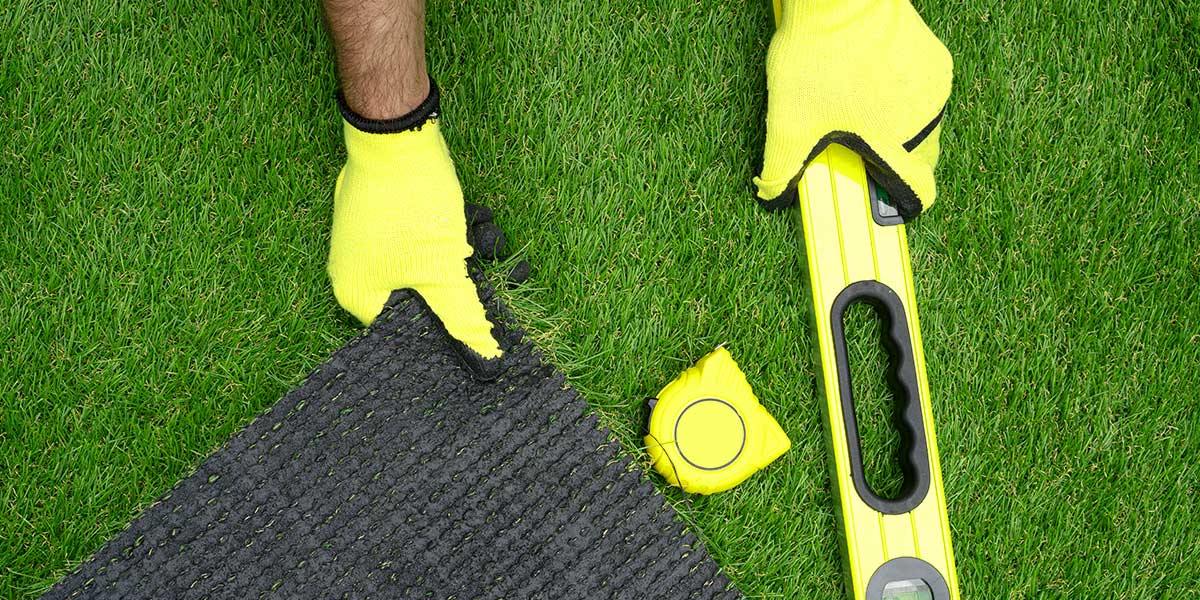
Artificial grass cost can vary depending on several factors, including the size of the area, the type and quality of the artificial grass, and the complexity of the installation.
On average, the cost to install artificial grass includes the cost of materials, labor, and equipment. Other factors that can affect the turf installation cost include the need for site preparation, such as removing existing grass or debris, and the type of infill material used. Infill is a layer of material applied on top of the artificial grass to help stabilize the fibers and improve drainage. Infill materials can be sand, rubber, or a combination of both, and the cost can vary depending on the type and amount used.
It’s important to get a detailed quote from a professional installer to get an accurate estimate of the cost for your specific project and learn how to install artificial grass. A professional can also help you choose the right type of artificial grass for your needs and ensure that it is installed correctly for optimal performance and longevity.
You can contact us to get support for artificial grass installation!
